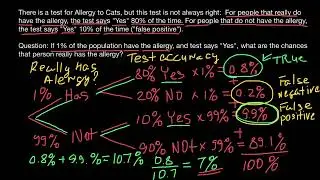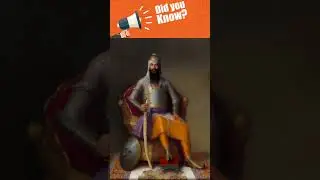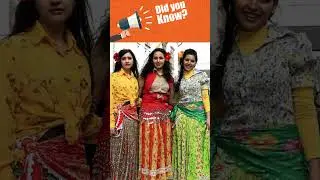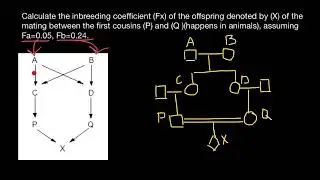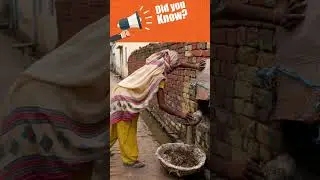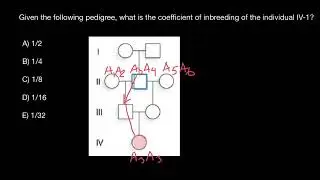From Dalit to Elite
The roots of Dalit oppression go back to the origins of the caste system in Hindu religion. The philosophy of caste is contained in the Manusmriti, a sacred Hindu text dating from the second century BCE. ‘Untouchable’ outcast communities were forbidden to join in the religious and social life of the community and were confined to menial tasks that were viewed as polluting, such as animal slaughter and leatherworking.
The introduction of Islam to India from about the thirteenth century CE led to widespread conversions by many low-caste and ‘untouchable’ groups, and by the mid-nineteenth century about one quarter of the population was Muslim.
During the struggle for Indian independence two different approaches emerged for the improvement of the situation of the people now known as Dalits. The first was led by Mahatma Gandhi, who believed in raising the status of Dalit people (or, as he preferred to call them, Harijans) while retaining elements of the traditional caste system but removing the degrading stigma and manifestations of ‘untouchability’. The other approach was led by Dr Ambedkar, a lawyer and himself an ‘untouchable’, who believed that only by destroying the caste system could ‘untouchability’ be destroyed. Ambedkar became the chief spokesperson for those ‘untouchables’ who demanded separate legal and constitutional recognition similar in status to that accorded to Muslims, Sikhs and Christians. However, this was opposed by Gandhi and Ambedkar eventually gave up the demand. After rejecting Hindu values, in 1956 he converted to Buddhism and was later followed by a large number of converts.
After independence, the Indian Constitution abolished ‘untouchability’ in law. Today Dalit politics largely centres around the just dispensation of the affirmative action benefits (in employment, education and electoral representation) granted to them under the Constitution. However, the Protection of Civil Rights Act 1955/1976 and the Scheduled Caste and Scheduled Tribes (Prevention of Atrocities) Act 1989, both derived from the Constitution, remain largely ineffective in their implementation. Many reasons lie behind this, including a lack of political will on the part of both central and state governments, a lack of commitment of upper-caste and class bureaucrats to social justice, the absence of broad-based rights groups to monitor the implementation process, and a lack of statutory power on the part of the Scheduled Caste/Scheduled Tribe Commission (Mandal Commission) to directly punish the perpetrators of crimes against Dalits. Affirmative government action, with regard to Dalits, is all directed at amelioration of their economic status, without liberating them from the dehumanizing effects of caste and ‘untouchability’. Caste and poverty are inseparably joined together and are at the root of the Dalit socioeconomic predicament.
A telling example of the social exclusion that Dalits suffer even in the face of a large-scale natural disaster was witnessed in the immediate aftermath of the 26 December 2004 Tsunami. The Tsunami brought a substantial amount of devastation for the Dalits of the southern Indian state of Tamil Nadu. It is estimated that well over 10,000 died while 650,000 were displaced. In the aftermath of the Tsunami, the Dalits of Tamil Nadu were made to suffer from worst forms of discrimination and humiliation. Dalits were excluded from making use of (and in some cases even entering into) makeshift relief camps; the ‘untouchablity’ syndrome dominated Hindu upper–caste mentality even at this time of natural catastrophe. The limited shelter that was provided to Dalits was close to what are regarded as less desirable areas, for example near graveyards or garbage dumps lacking in proper sanitation or other facilities. In these shelters there was no regular supply of water. After the Tsunami, several international agencies donated large portable water-tanks for the general consumption of all those who were affected by the Tsunami. In several instances, Dalits were prevented from drawing water from these taps, because of the fears of upper–caste Hindus of the ‘pollution’ of water at the hands of Dalits.
#Dalit #Caste #indiahistory #castsystem #Nikolay's genetics lessons #indian #social #hierarchy #dalit #discrimination #oppression #hindu #India #Intouchables #New Delhi #casts #children #education #caste system #what is the Indian caste system #traditional views #segregation #institutions #outlaw #castediscrimination #wealthgap #jatisystem #Hinduism #varna #brahmins #kshatriyas #vaishyas #shudras #untouchables #dalits #britishcolonialism #testtube #whoarethe dalits #whydoesindiahavecastesystem


![TitoM and Yuppe - Disturb My Peace [Ft. LastBornDiroba, Xduppy and TmanXpress] (Official Audio)](https://images.mixrolikus.cc/video/1W-AdFcOBgk)

















